|
|

|
|

Know about front-runners who may succeed Pope Francis |
|
By
Webindia123 Editor
22.4.2025
Mail Now
|
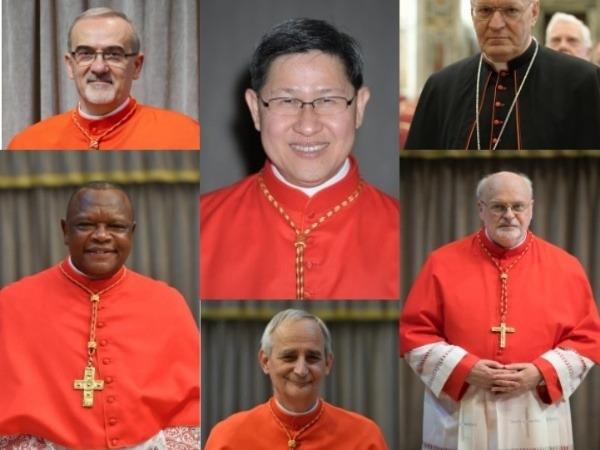
The New York Times has named several potential candidates for the next head of the Roman Catholic Church Here are some of the contenders.
Pierbattista Pizzaballa Pierbattista Pizzaballa, a 60 year old Italian and the Vatican's leading official for Middle East affairs, is regarded as a strong contender. Despite being named a cardinal only in 2023, his extensive experience in the Middle East has elevated his profile. If selected, Cardinal Pizzaballa would be the first Italian pope since John Paul I in 1978. However, experts view him not just as an Italian figure but as an international one and removed from Vatican politics, having spent much of his career in Jerusalem.
Cardinal Pietro Parolin Cardinal Pietro Parolin, 70, has been Pope Francis second-in-command since 2013, when Francis made him secretary of state. In that role, the cardinal is in charge of overseeing internal church affairs and guiding foreign policy.
A soft-spoken Italian and mild-mannered centrist, Cardinal Parolin is deeply familiar with the Curia, the church's central administration, as well as of the Vatican's vast international network, having served for over 20 years as a diplomat and under secretary at the Vatican-based body that oversees its international relations. He has spoken at international conferences on the Israeli-Palestinian conflict, climate change and human trafficking. He is also an expert on Asia, and Vatican watchers consider him the mastermind of the progress the Vatican has made in recent years on building relations with China and Vietnam, the New York Times reported.
Fridolin Ambongo

Luis Antonio Tagle
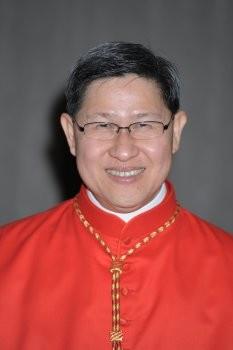
Cardinal Matteo Maria Zuppi
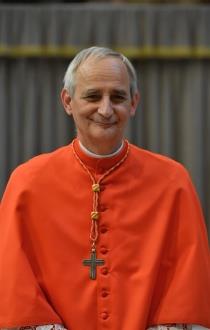
Peter Erdo
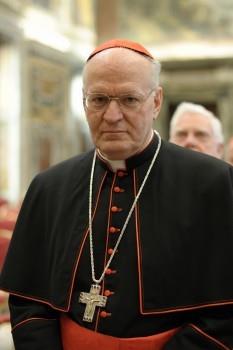
Anders Arborelius
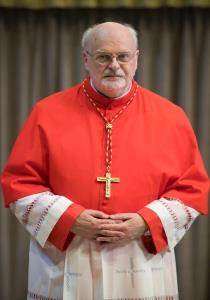
Pope Francis (88) passed away at his residence, Casa Santa Marta, in the Vatican on April 21.
The next pope will be chosen by a College of Cardinals, the Catholic church's most senior figures appointed by the pontiff, in Rome in the next few days for the conclave. As of April 19, there are 252 cardinals, from over 70 countries, out of whom 135 are eligible to vote in a conclave to elect a new pope.
Votes are taken each day, morning and afternoon, until a candidate wins a two-thirds majority. If there is no conclusive result after 30 ballots, a candidate will be elected on a simple majority.
The longest papal conclave in recent history was 1922, when the cardinals took five days to choose their new leader.
After each round of voting, the ballot cards are burned. Chemicals are added to make the smoke black or white. Black smoke emerging from the chimney indicates an inconclusive ballot, while white smoke announces to the world that a new pope has been elected. (ANI)